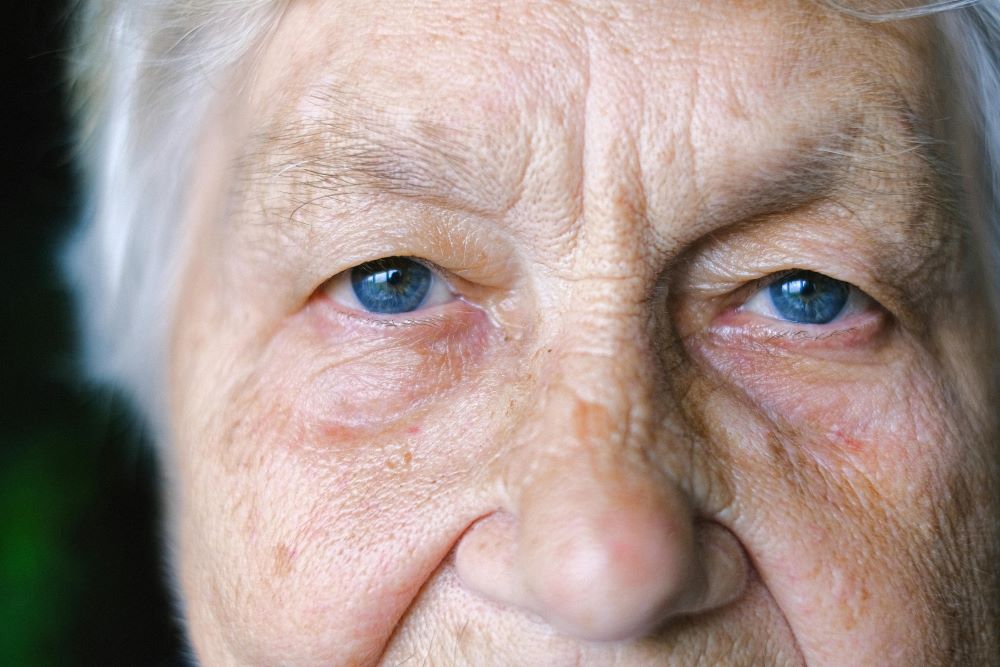Nuclear lipid droplets impact aging, cellular health, metabolism, and age-related disease progression.
Recent research has revealed the role of nuclear lipid droplets (nLDs) in aging and disease, offering a fresh perspective on cellular processes. These tiny fat droplets, which accumulate inside the nucleus of cells, differ from the lipid droplets found in the cytoplasm that store energy. Instead, nLDs can interfere with essential functions in the nucleus, potentially leading to cellular decline and age-related diseases.
As we grow older, the buildup of these nuclear droplets can destabilize the nucleus and disrupt processes like DNA repair, gene regulation, and chromatin organization. This instability may be connected to conditions such as fatty liver disease, obesity-related disorders, and even premature aging. The research highlights that the presence of excessive nLDs could be a significant factor in how cells age and how related diseases develop.
Experiments using the model organism Caenorhabditis elegans (C. elegans) have provided insights into this phenomenon. Scientists have focused on an enzyme called ATGL-1, which is responsible for managing fat storage in the nucleus. When ATGL-1 functions properly, it maintains a healthy balance of lipids. However, when this enzyme becomes inactive or overwhelmed, fat droplets accumulate around the nuclear lamina, compromising the cell’s ability to function effectively.
The effects of nLD accumulation extend beyond individual cells. As cells struggle to maintain proper function, the overall health of tissues and organs can decline. This ripple effect may explain why conditions like metabolic syndrome, which affects the body’s ability to regulate energy, are often linked to aging. Researchers are also investigating whether nLDs contribute to diseases like cancer, where changes in DNA repair and gene expression are key factors.

Metabolic health appears to play a vital role in controlling nLD buildup. Lifestyle interventions, such as caloric restriction and insulin regulation, have been shown to significantly reduce the formation of harmful nLDs. These practices not only support overall health but may also slow down cellular aging by preserving nuclear stability. This highlights the interconnected nature of diet, metabolism, and cellular health.
Interestingly, some studies suggest that nLDs might also serve protective roles under certain conditions, such as shielding nuclear components from toxic substances. However, the balance between their potential benefits and harm remains poorly understood. Unraveling these dual roles will require further exploration and could lead to a deeper understanding of how cells adapt to stress as they age.
While the current findings are promising, most of the research has been conducted in laboratory models. Future studies will need to explore how nLDs behave in human cells and tissues. Patients with conditions like metabolic syndrome, progeria, or fatty liver disease could provide valuable insights into how these nuclear fat droplets influence health. Understanding these dynamics in humans could lead to innovative treatments designed to delay the onset of age-related diseases.
The discovery of nLDs as a factor in aging opens new doors for therapeutic strategies. By targeting the processes that regulate lipid balance within the nucleus, scientists hope to develop interventions that preserve cell function and improve longevity. Whether through lifestyle changes or medical treatments, addressing the impact of nuclear lipid droplets offers a pathway to better health as we age. These findings underline the importance of continued research into cellular mechanisms and their connection to overall well-being. As scientists uncover more about the role of nLDs, they move closer to unlocking strategies that could help people live healthier and longer lives.
Sources:
Nuclear lipid droplets could play a key role in aging and disease
Nuclear lipid droplets: a novel regulator of nuclear homeostasis and ageing


Join the conversation!